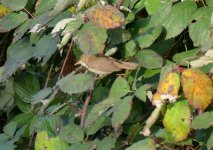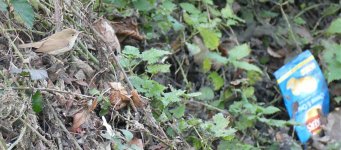KenM
Well-known member
FWIW I looked for the RW today without success, ''first time'' in 19 visits, everything else present except the aforementioned! I recall that the Common Whitethroats were ''quite showy'' up until 9th Dec. disappeared, then re-appeared again on the 15th, Hoping it's still around...although I'm not holding my breath! Cheers
Last edited:








